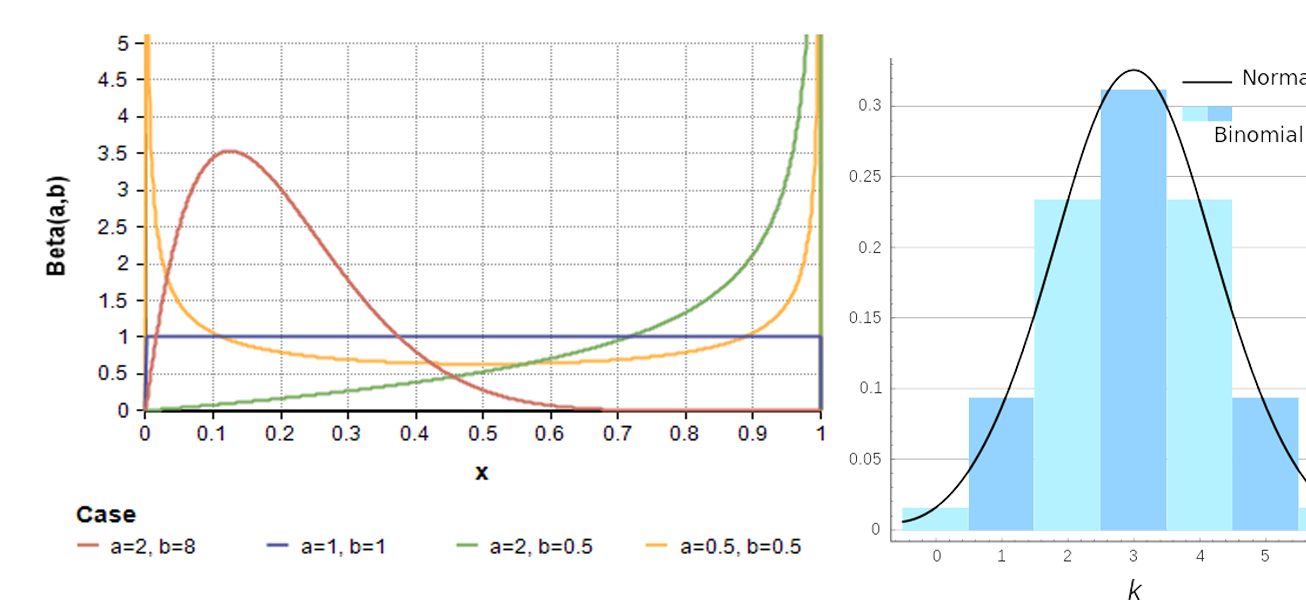Slim available tensorflow r1.8
This tutorial shows how to save numpy array to tfrecord file a tensorflow dataset format, and load numpy array from tfrecord with TFSlim dataset pipeline.
❗️ TFSLIM is deprecated from tensorflow r1.9
Save numpy array to tfrecord
saveDataToTFRecord.py
#Save numpy data to tfrecord
import numpy as np
import tensorflow as tf
#Generate Test data
# a float array and int array each with shape (2,2,2)
f_array = np.array([[[1., 2.],
[3., 4.]],
[[5., 6.],
[7., 8.]]], dtype=np.float)
i_array = np.array([[[10, 11],
[12, 13]],
[[14, 15],
[16, 17]]], dtype=np.int64)
#we have to reshape array to 1-D array before saving
f_array = np.reshape(f_array, [2*2*2,])
i_array = np.reshape(i_array, [2*2*2,])
output_filename = "~/testdata.tfrecord"
writer = tf.python_io.TFRecordWriter(output_filename)
def float_feature(value):
return tf.train.Feature(float_list=tf.train.FloatList(value=value))
def int64_feature(value):
return tf.train.Feature(int64_list=tf.train.Int64List(value=value))
feature_dict = {
'i_array': int64_feature(i_array),
'f_array': float_feature(f_array),
}
example = tf.train.Example(features=tf.train.Features(feature=feature_dict))
writer.write(example.SerializeToString())
Load data from tfrecord via TFSlim data pipeline
loaddatafromtfrecord.py
#Load data from TFRecord via TFSlim data pipeline
import tensorflow as tf
from tensorflow.contrib import slim
data_file = "~/testdata.tfrecord"
reader = tf.TFRecordReader
keys_to_features = {
#we should specify the shape of array to restore
'i_array' : tf.FixedLenFeature([2, 2, 2], dtype=tf.int64),
'f_array' : tf.FixedLenFeature([2, 2, 2], dtype=tf.float32)
}
items_to_handlers = {
'i_array' : slim.tfexample_decoder.Tensor('i_array'),
'f_array' : slim.tfexample_decoder.Tensor('f_array')
}
items_to_descriptions = {
'i_array' : 'a 2X2X2 int64 array',
'f_array' : 'a 2X2X2 float32 array'
}
decoder = slim.tfexample_decoder.TFExampleDecoder(keys_to_features,
items_to_handlers)
dataset = slim.dataset.Dataset(data_sources=data_file, reader=reader,
decoder=decoder, num_samples=2,
items_to_descriptions=items_to_descriptions)
provider = slim.dataset_data_provider.DatasetDataProvider(
dataset, num_readers=1, common_queue_capacity=100, common_queue_min=4)
[i_array, f_array] = provider.get(['i_array', 'f_array'])
b_iarray, b_farray = tf.train.batch([i_array, f_array], batch_size=1,
num_threads=1, capacity=5)
batch_queue = slim.prefetch_queue.prefetch_queue([b_iarray, b_farray],
capacity=1)
sess = tf.Session()
thread = tf.train.start_queue_runners(sess=sess)
iarray, farray = batch_queue.dequeue()
ia, fa = sess.run([iarray, farray])
print(ia[0])
print(fa[0])
will print results as below:
[[[10 11]
[12 13]]
[[14 15]
[16 17]]]
[[[1. 2.]
[3. 4.]]
[[5. 6.]
[7. 8.]]]
we can see the results are all expected!

